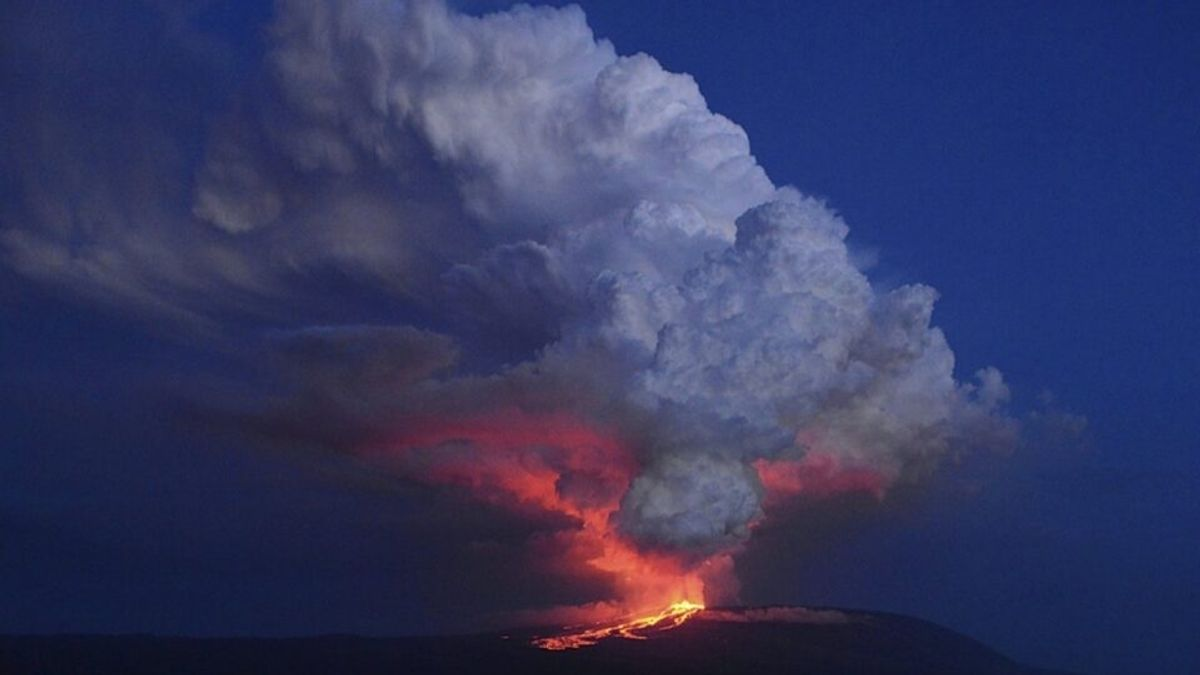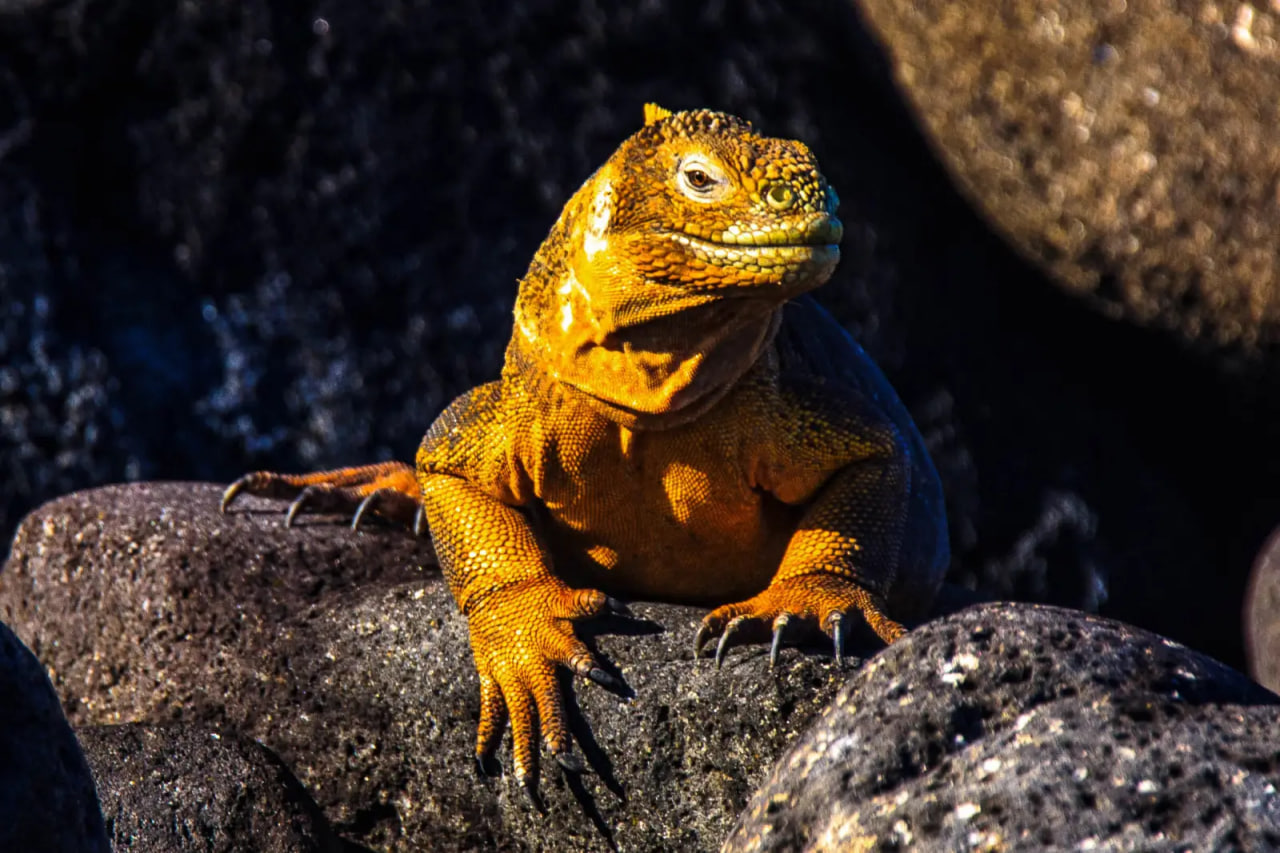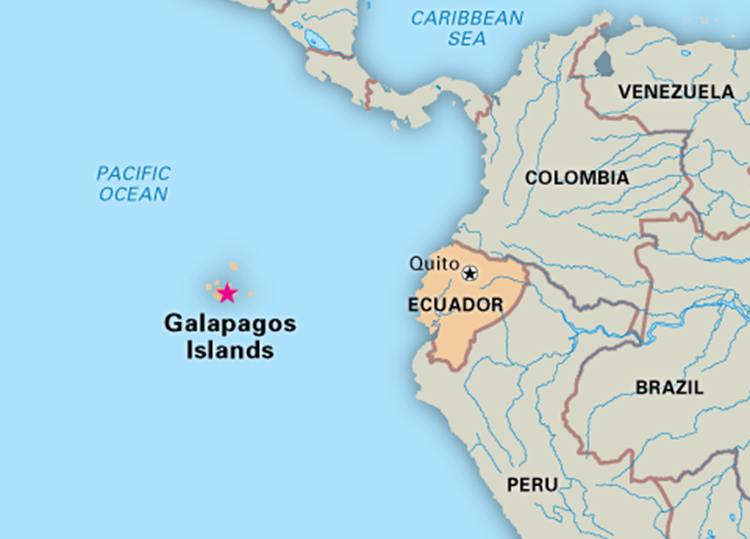Free Courses Sale ends Soon, Get It Now


Free Courses Sale ends Soon, Get It Now



Copyright infringement not intended
Picture Courtesy: https://medriva.com/news/environmental-health-news/fiery-spectacle-in-the-galapagos-la-cumbre-volcano-erupts-on-fernandina-island
Context: The continuing eruption of the La Cumbre volcano on Fernandina Island in the Galápagos Islands has serious consequences on the region's ecosystem and animals.
Key Highlights
About Galápagos land iguana

About Galápagos Islands

Source:
|
PRACTICE QUESTION Q. Consider the following statements with connection to the Galápagos land iguana: 1. The Galápagos land iguana is a unique species endemic to the Galápagos Islands, Ecuador. 2. They are among the world's largest lizards, with lengths of up to 1.5 meters and weights of up to 13 kilograms. 3. They are mostly herbivores, relying significantly on prickly pear cactus for water and food. 4. They are adapted to conserve body heat by basking on volcanic rocks during the day and sleeping in burrows at night. 5. They are currently classified as Critically endangered by the IUCN due to concerns such as habitat degradation, invasive species, and past exploitation. How many of the above statements are correct? A) Only two B) Only three C) Only four D) All five Answer: C |
© 2024 iasgyan. All right reserved